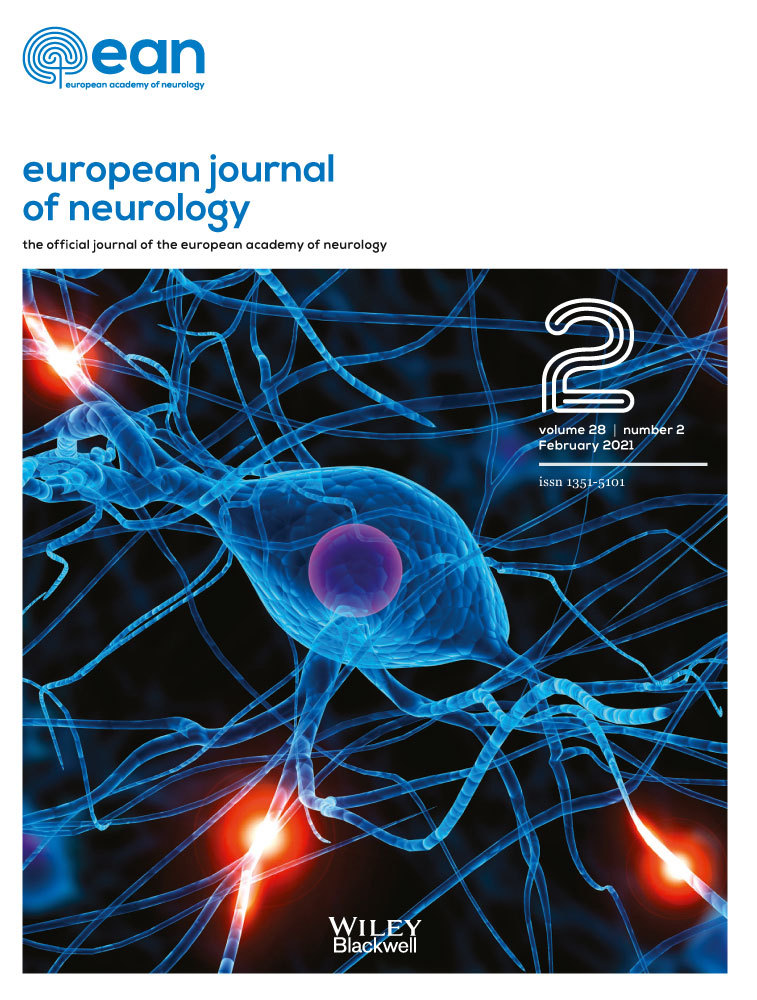Head down tilt 15° in experimental intracerebral hemorrhage: a randomized noninferiority safety trial
See editorial by G. Tsivgoulis and A. H. Katsanos on page 363
Abstract
Background and purpose
Head down tilt 15° (HDT15°), applied before recanalization, increases collateral flow and improves outcome in experimental ischemic stroke. For its simplicity and low cost, HDT15° holds considerable potential to be developed as an emergency treatment of acute stroke in the prehospital setting, where hemorrhagic stroke is the major mimic of ischemic stroke. In this study, we assessed safety of HDT15° in the acute phase of experimental intracerebral hemorrhage.
Methods
Intracerebral hemorrhage was produced by stereotaxic injection of collagenase in Wistar rats. A randomized noninferiority trial design was used to assign rats to HDT15° or flat position (n = 64). HDT15° was applied for 1 h during the time window of hematoma expansion. The primary outcome was hematoma volume at 24 h. Secondary outcomes were mass effect, mortality, and functional deficit in the main study and acute changes of intracranial pressure, hematoma growth, and cardiorespiratory parameters in separate sets of randomized animals (n = 32).
Results
HDT15° achieved the specified criteria of noninferiority for hematoma volume at 24 h. Mass effect, mortality, and functional deficit at 24 h showed no difference in the two groups. HDT15° induced a mild increase in intracranial pressure with respect to the pretreatment values (+2.91 ± 1.76 mmHg). HDT15° had a neutral effect on MRI-based analysis of hematoma growth and cardiorespiratory parameters.
Conclusions
Application of HDT15° in the hyperacute phase of experimental intracerebral hemorrhage does not worsen early outcome. Further research is needed to implement HDT15° as an emergency collateral therapeutic for acute stroke.
Disclosure of conflicts of interest
The authors declare no financial or other conflicts of interest.
Open Research
Data availability statement
The data that support the findings of this study are available from the corresponding author upon request.




